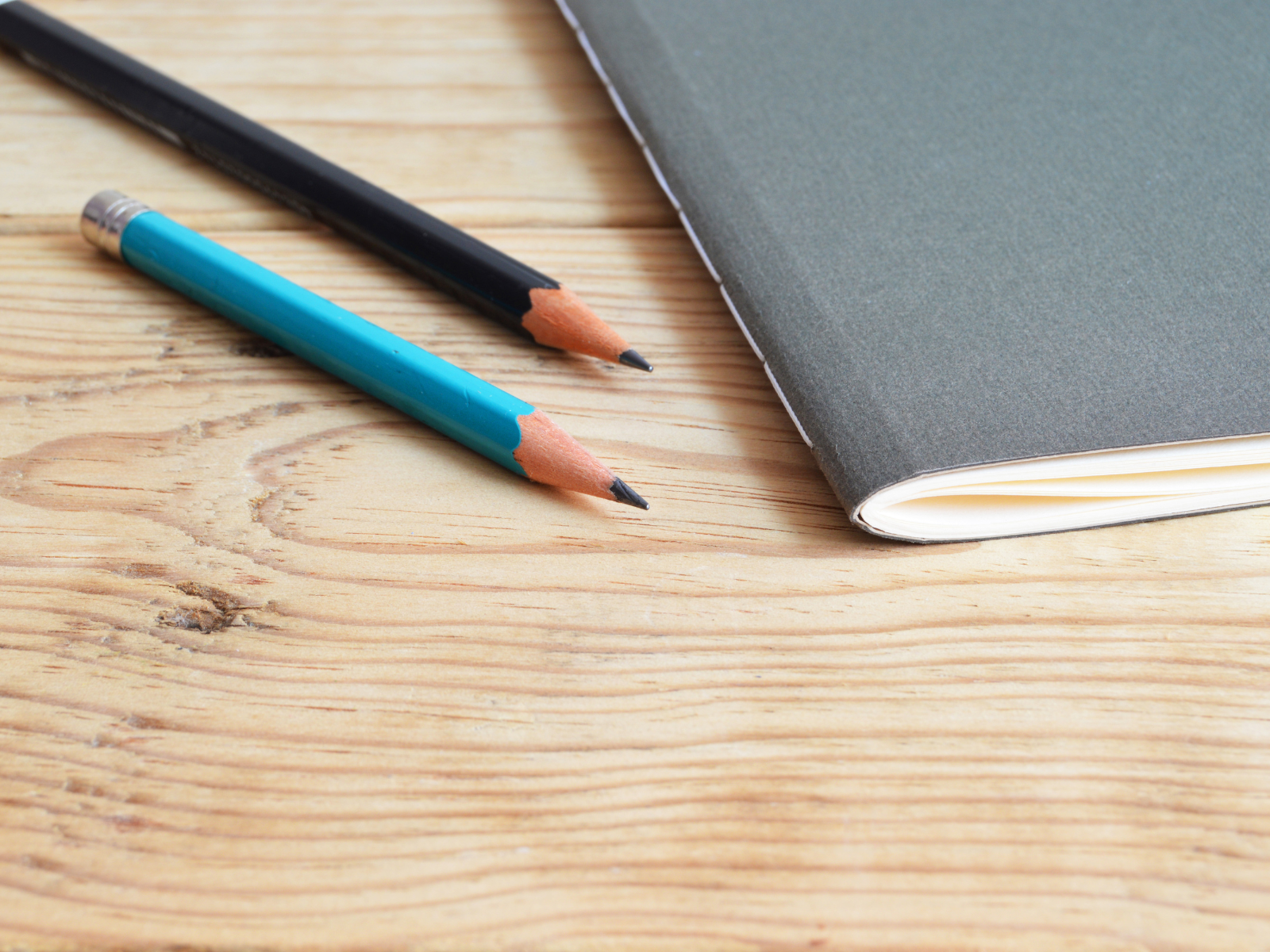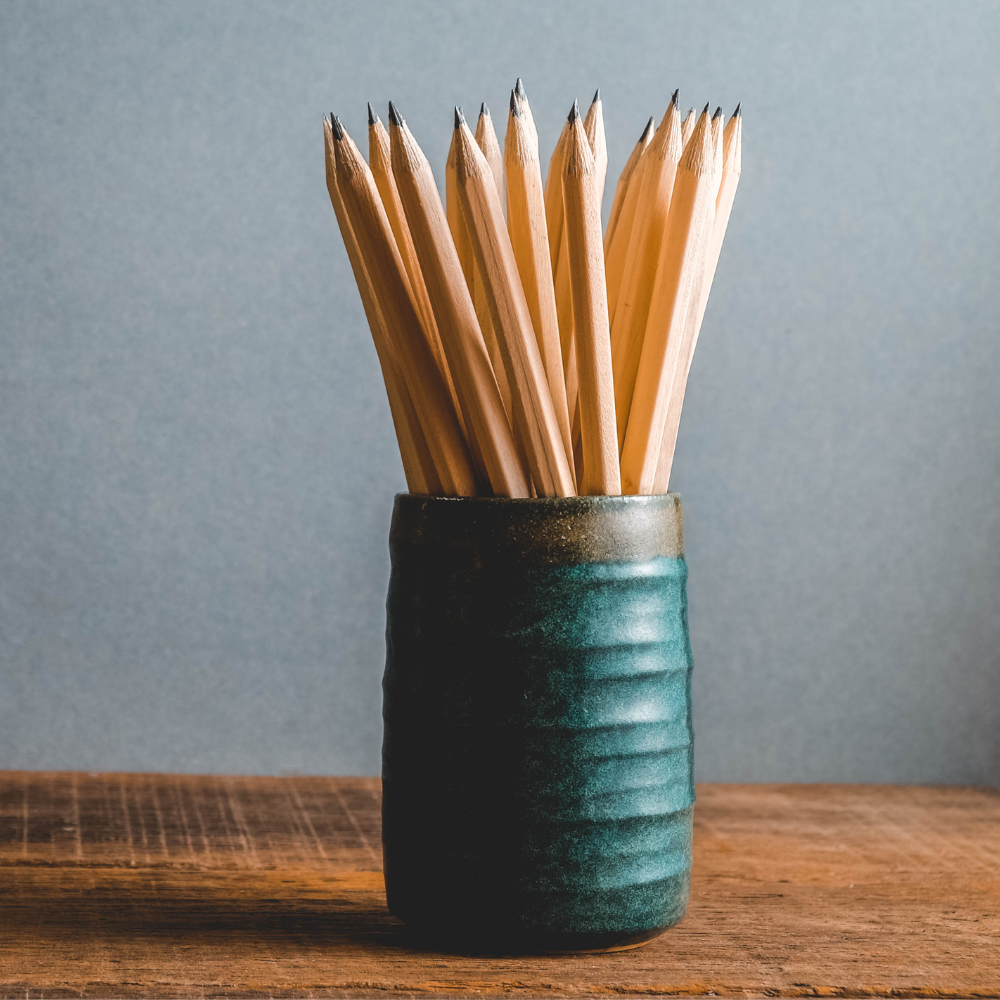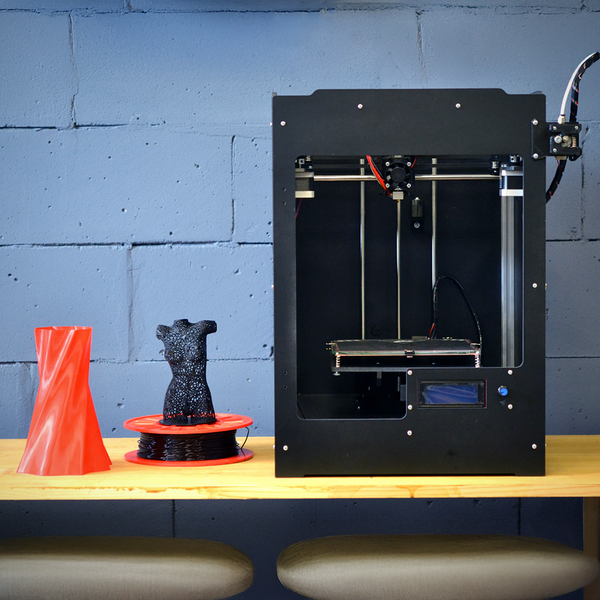Are you a pencil fanatic?
Do you love the smell of fresh graphite and the satisfying feeling of a flawless line?
Or maybe you just like to doodle during those boring Zoom meetings?
Regardless of your artistic skill level, pencils are essential tools for anyone who wants to create.
But did you know that there are some surprising secrets hidden inside this seemingly simple writing instrument?
From the invention of pencil lead to the mysterious material used in erasers, pencils are more than meets the eye.
Pencil enthusiasts, get ready to embark on a graphite-fueled journey through time and space to uncover the most intriguing, bizarre, and downright hilarious facts about our beloved writing instrument – the pencil.
Let’s take a look at some of the fun facts about these writing wonders!
So, grab your favorite No. 2 and let's get scribbling!
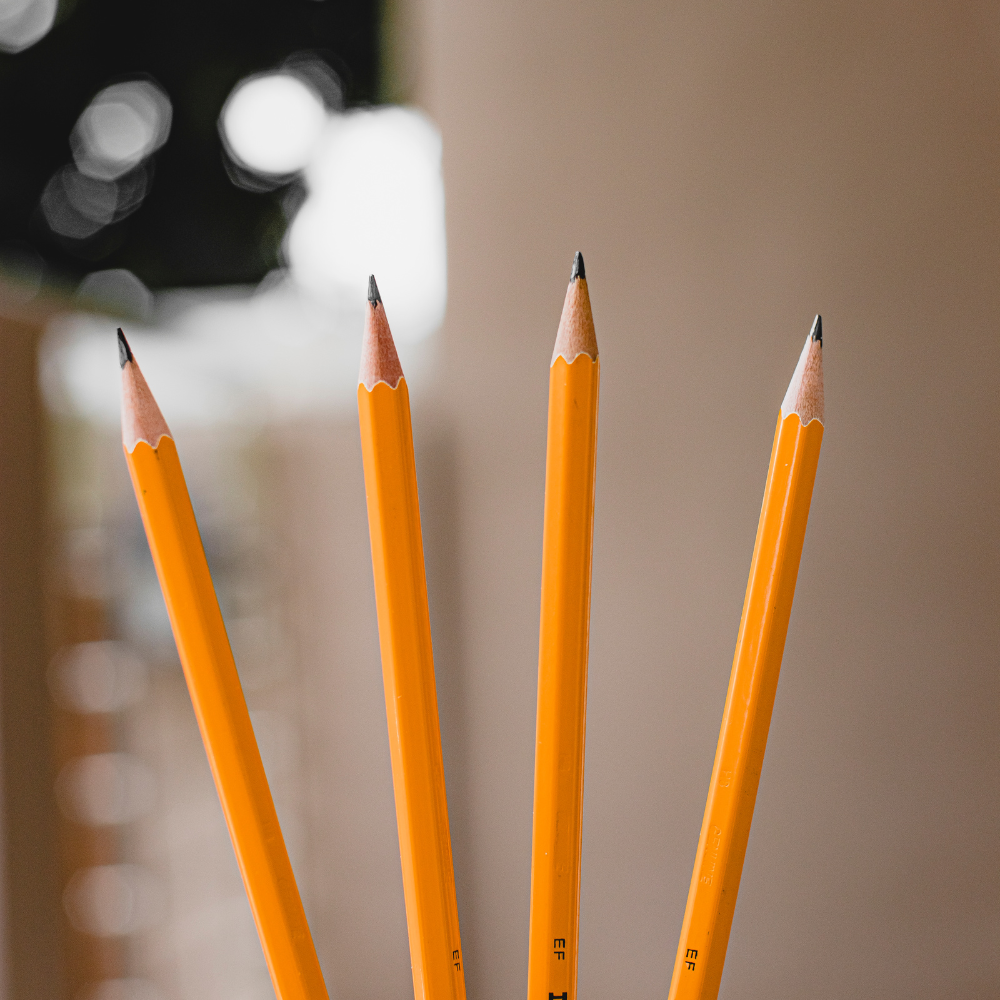


Humble Beginnings: The Origins of Pencils
Pencils have been around for centuries; today, pencils are made all over the world and come in a variety of styles, from classic wooden pencils to mechanical pencils with eraser tips, but the humble pencil actually has quite an interesting history.
Designed to make writing easier, the earliest iterations of pencils appeared in Western Europe as early as 1560.
Originally made from lead, these primitive pencils were carved out of a solid piece of graphite and encased in wood.
Legend has it that a mighty storm uprooted a tree, revealing a peculiar deposit of graphite beneath its roots.
Locals soon discovered that this mysterious substance was perfect for writing and the pencil was born!
The adoption of graphite as a writing tool was slow at first, but soon its popularity soared.
Eventually, inventors began experimenting with various forms of lead to create pencils that could be mass-produced.
However, it wasn’t until 1795 that the modern pencil was invented by Nicholas-Jacques Conte, a French artist and engineer.
He created a pencil with a mixture of graphite and clay which allowed for the writing instrument to be mass produced.
This revolutionary invention made pencils affordable and accessible to everyone!
Fast forward a few centuries, and pencils have come a long way from their sheep-herding origins.
These days, they're used for everything from sketching masterpieces to solving complex math problems.
But enough about that – let's get to the juicy stuff: weird and wonderful pencil facts!
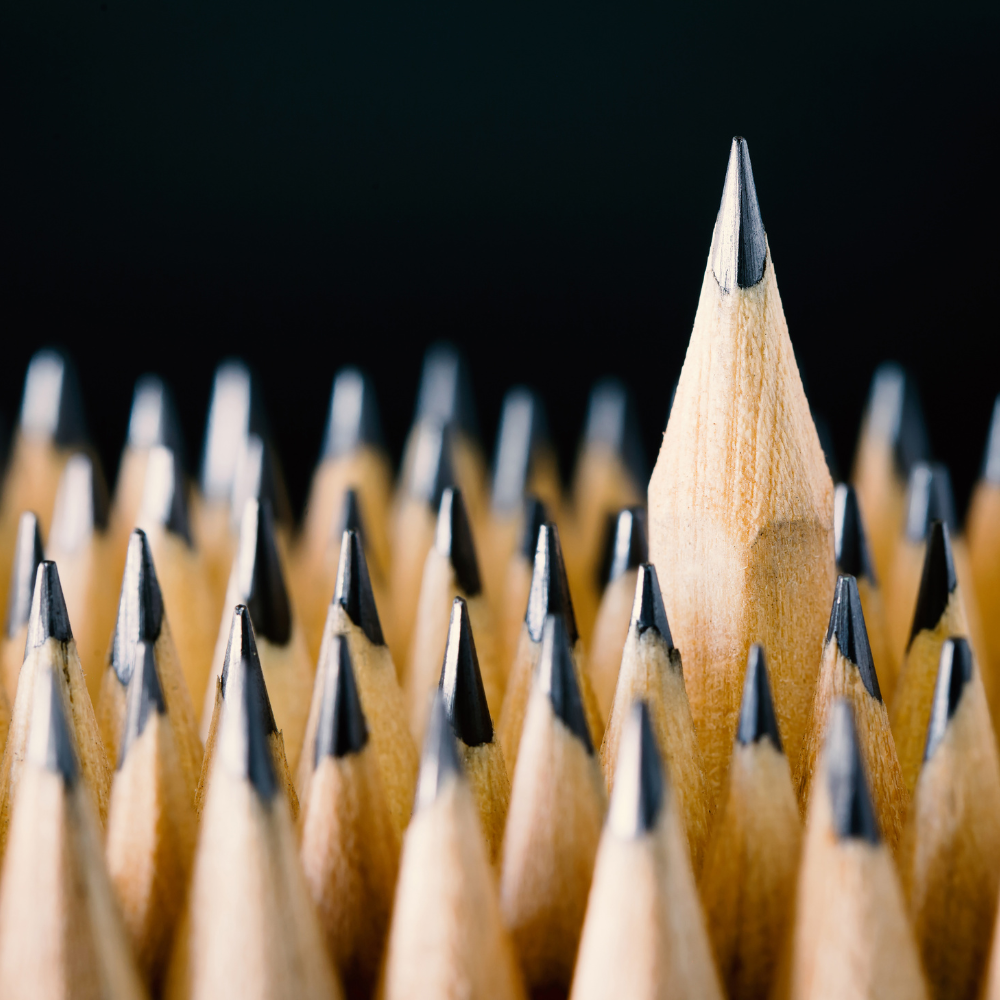


The Mystery of the Eraser: What is Pumice?
Ever wondered what that squishy pink eraser is made of?
Most people assume that it's rubber, but you may be surprised to find out that traditional erasers are actually made up of a combination of pumice and vegetable oil.
Pumice, derived from the Latin word "pumex," is a lightweight volcanic rock that has tiny pores on its surface.
When combined with vegetable oil, it forms a soft and pliable material perfect for erasing pencil marks without leaving any smudges or streaks.
So, the next time you find yourself frustrated at the sight of your latest mistake, take solace in knowing that those pesky pencil marks will soon be a distant memory!
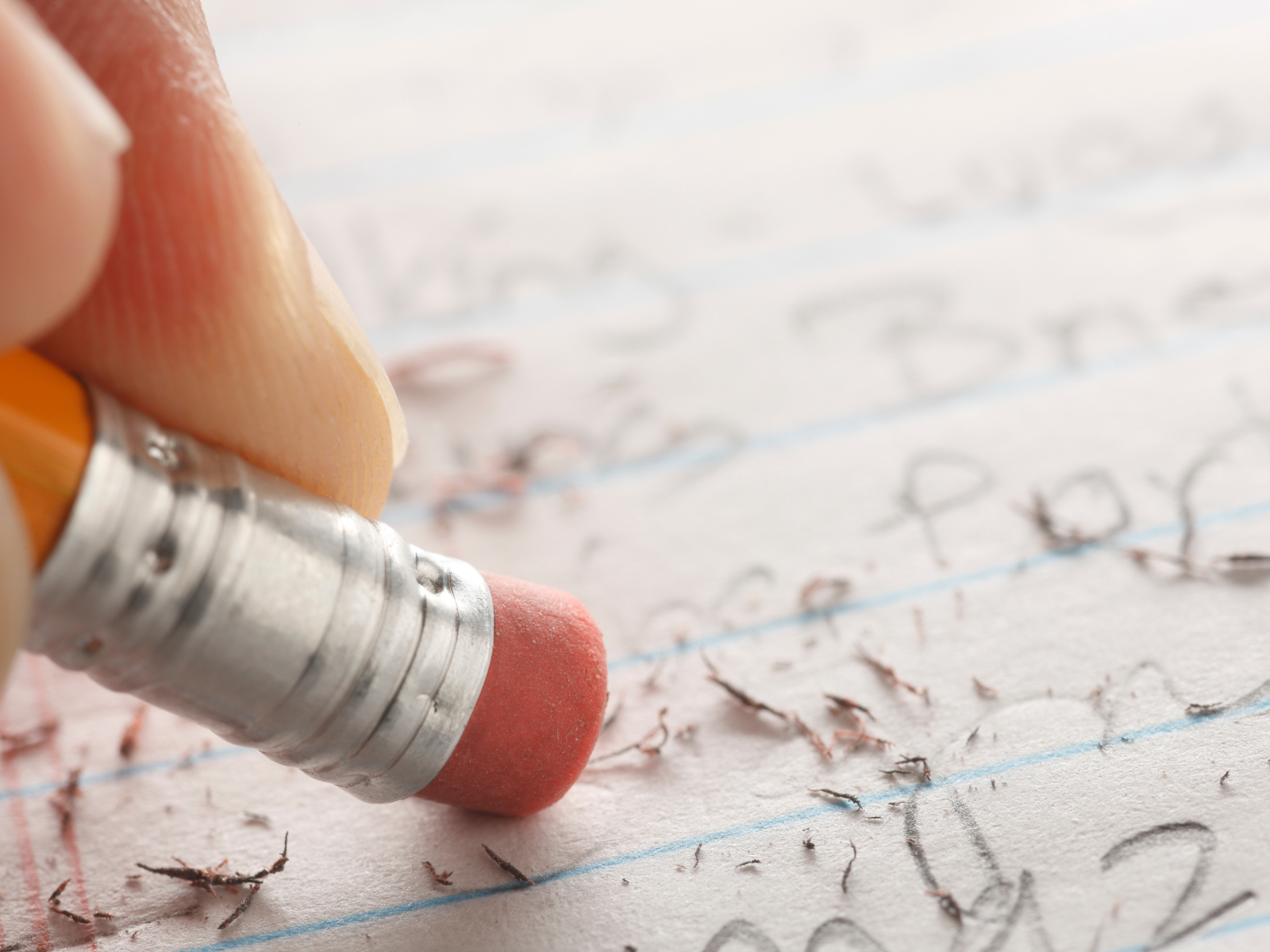

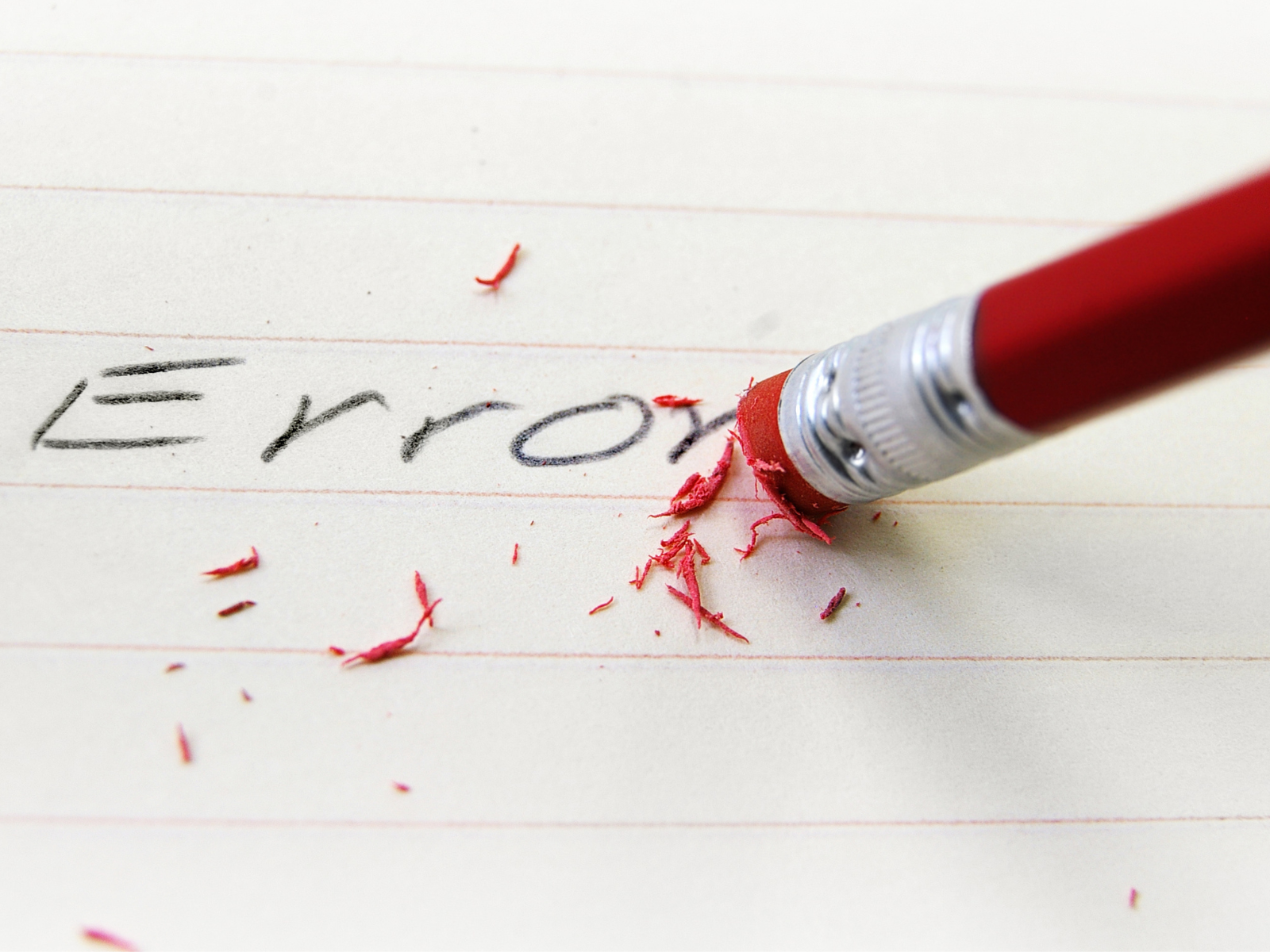
Pencils Through the Ages: The Evolution of an Icon
As time has marched on, so too has pencil technology.
We've gone from using chunks of graphite wrapped in string to the sleek, mechanical marvels we know today.
Some highlights in pencil evolution include:
- The invention of the eraser:
In 1770, English inventor Joseph Priestley discovered that a substance called rubber could be used to erase pencil marks.
Before this game-changing discovery, people used breadcrumbs or rolled-up pieces of white bread to erase their mistakes!
- The birth of colored pencils:
Colored pencils were first introduced in the early 20th century, sparking a revolution in the world of art and design.
Nowadays, there are even watercolor pencils, which transform into paint when you add water.
Talk about versatile!
- The invention of the mechanical pencil:
Ah, the classic clickable.
The first mechanical pencil was invented in the late 19th century and continues to be an indispensable tool for writers, artists, and anyone who wants to avoid the hassle of sharpening.
From pocket-sized to jumbo, mechanical pencils come in a variety of shapes and sizes to suit any writing style.


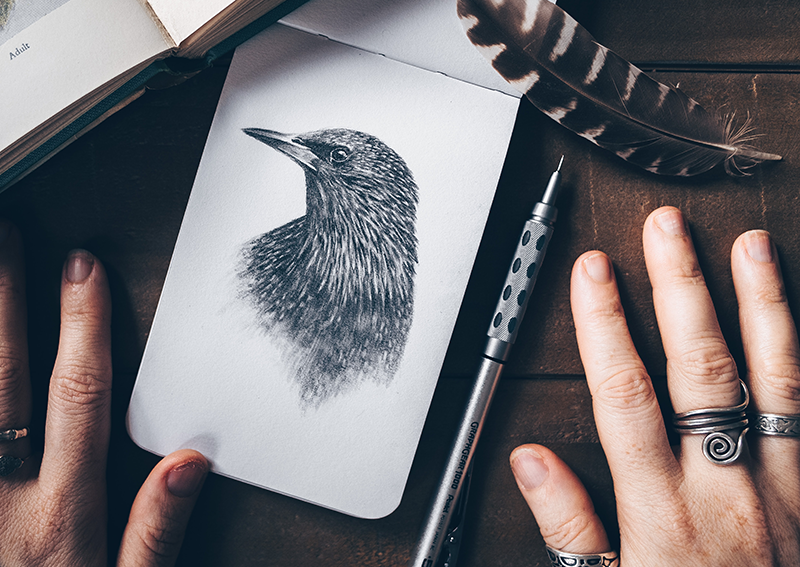
The Art of Pencil: More Than Just Writing
Speaking of art, pencils have long been a staple in the creative world.
From intricate graphite drawings to vibrant colored pencil masterpieces, there's no limit to what you can create with these humble tools.
Here are a few tips for getting the most out of your pencils.
- Layering: Start with light layers and gradually build up the color or shading for a more dynamic look.
- Blending: Use a blending tool, like a paper stump or your finger, to smooth out colors and create seamless transitions.
- Experiment: Don't be afraid to mix mediums; pencils can be combined with watercolors, pastels, or even digital art to create one-of-a-kind pieces!

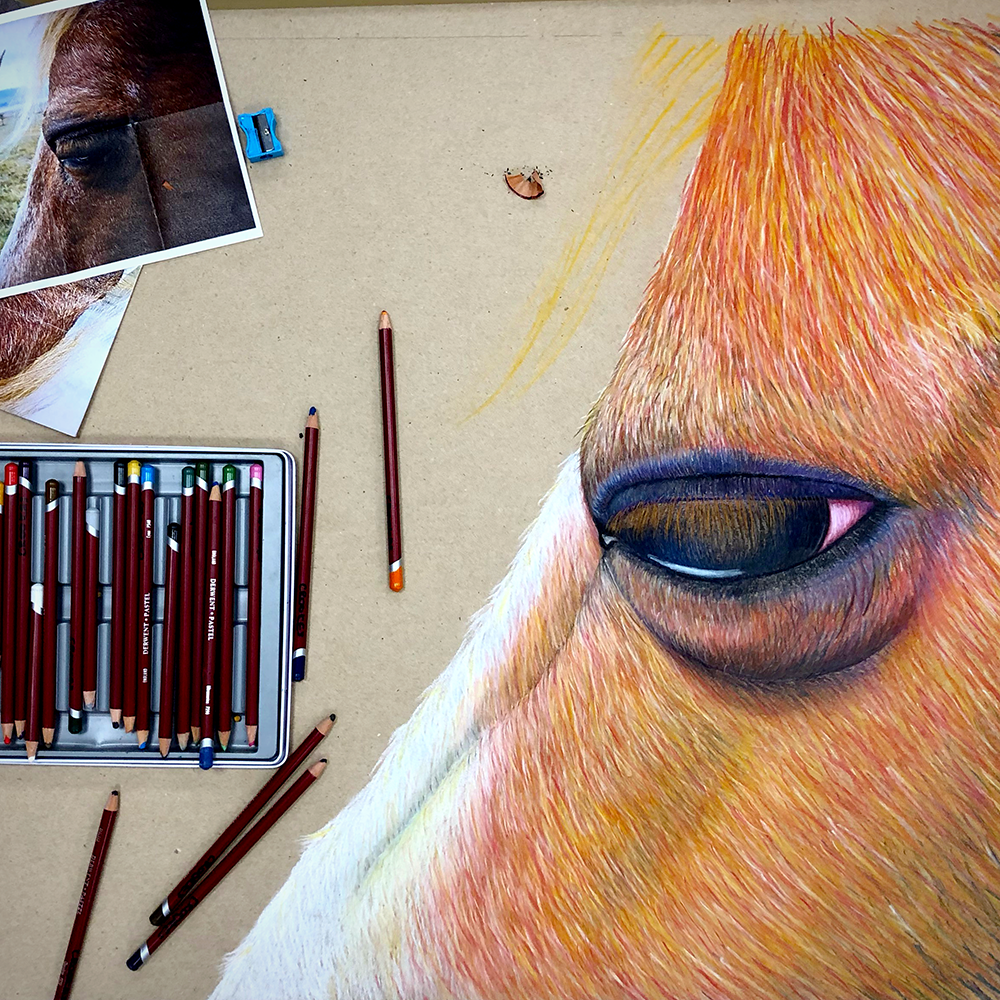
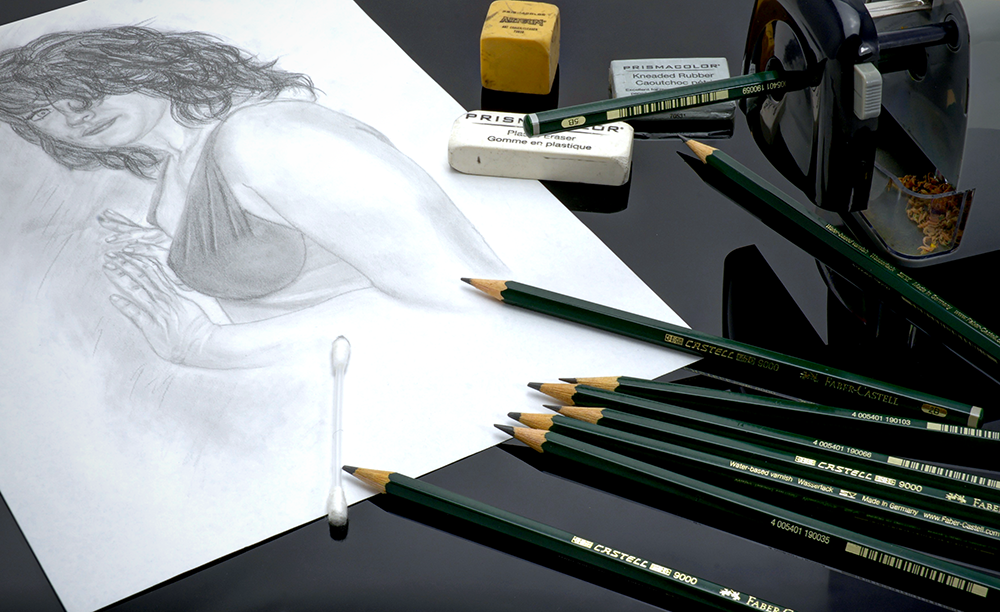
Oddball Pencil Trivia to Impress Your Friends
Pencils can be used to do more than just write!
If you're eager to learn more about these writing and drawing instruments, let's take a closer look at the pencil!
- The famous yellow paint:
Ever wonder why so many pencils are painted yellow?
It's actually a marketing ploy!
It's because, in the early 1900s, the world's best graphite came from China.
In the early 20th century, the American pencil company Dixon Ticonderoga started painting their pencils bright yellow to symbolize the color of the Chinese royalty.
It all boiled down to a marketing ploy to imply high quality.
It worked: today, yellow pencils are the most popular in the world.
And the rest is history!
Clever, huh?
- Pencil mileage:
Did you know that a single pencil can draw a line 35 miles long?
That's like drawing a straight line from New York City to Stamford, Connecticut!
And if you're more into writing, a pencil can write approximately 45,000 words – that's a whole novel!
The average pencil can write about two pages of text per minute, so next time you're in a pinch for a quick project, grab your trusty No. 2 and get to writing!
- Not-so-lead poisoning:
Contrary to popular belief, there's no actual lead in pencils.
It's all graphite, baby!
That means you don't have to worry about lead-poisoning, despite the name.
The only thing you have to worry about is if you're using the right kind of pencil for your project.
So, the next time someone tries to tell you that chewing on your pencil will give you lead poisoning, you can school them with some science.
- Pencil hardness:
How do you measure the "hardness" of a pencil?
It's all in the lead.
Pencils are graded based on the hardness of their graphite core, ranging from soft "B" pencils (great for shading) to hard "H" pencils (ideal for fine lines and details).
So, if you're looking for a pencil to draw intricate designs, reach for an "H."
- Penciling in dates:
Have you heard of "penciling in" a date?
It's the art of reserving a spot for an event or activity without committing to it completely.
The phrase originated in the early 20th century when office workers would use pencils to temporarily mark off dates on their calendars until they were sure of their plans.
Plus, "penciling in" dates has a new meaning.
In Japan, they have a tradition called "Love Pencils."
Couples exchange special pencils with messages and symbols of love, often inscribed in tiny lettering or with different colors and shapes.
This is a great way to let your special someone know that you care about them and want to pencil in more dates!
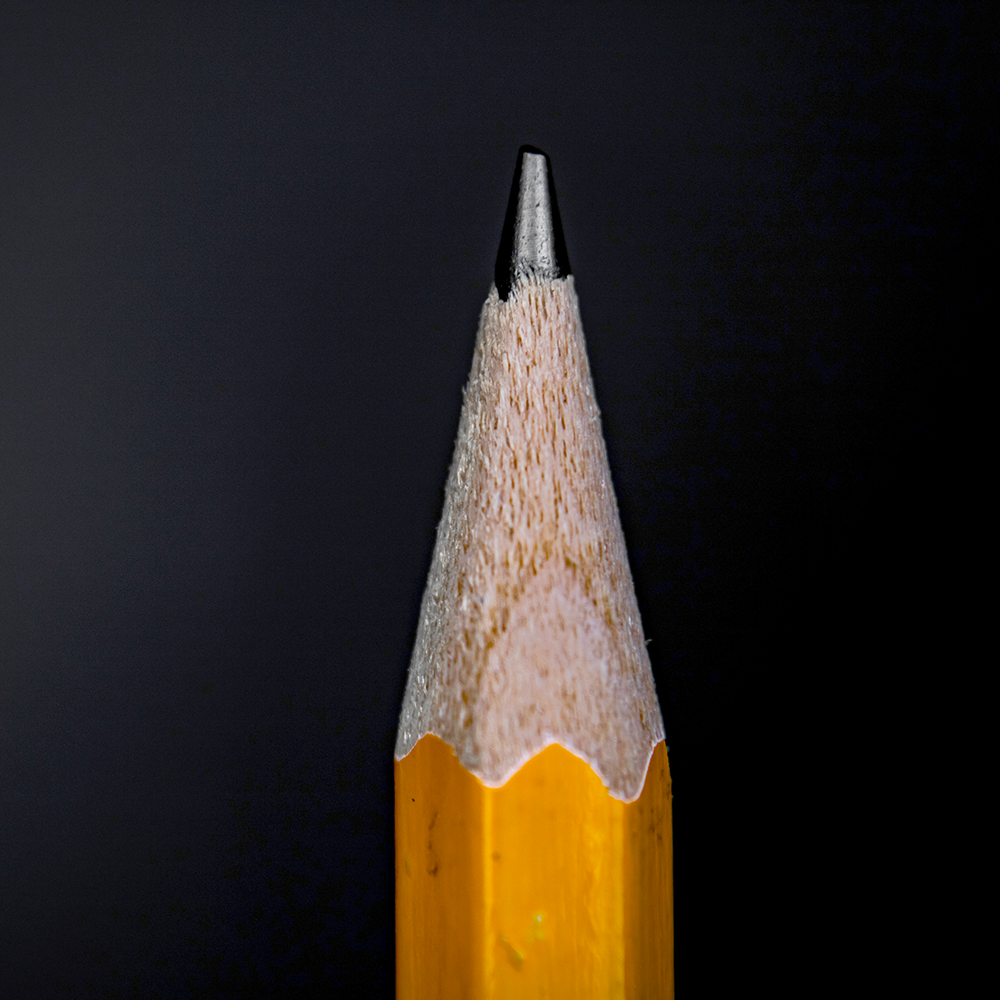
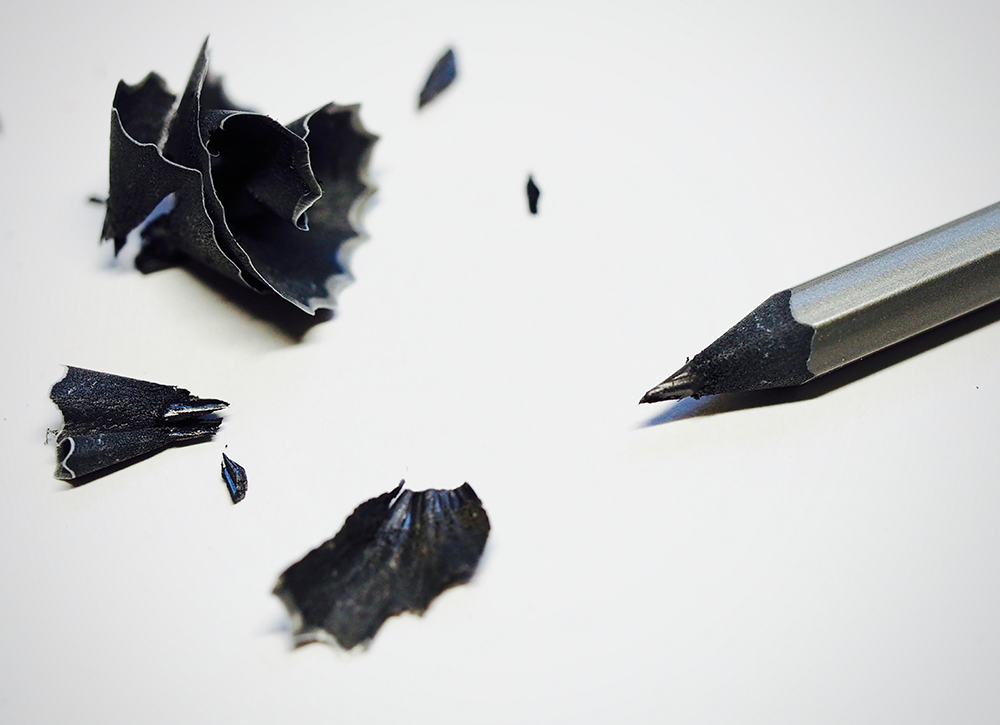

Here are a few additional fun facts about pencils:
- National Pencil Day is celebrated on March 30th, in honor of the patent for the modern pencil being granted in 1858.
- Over 14 billion pencils are produced worldwide each year, with approximately 2 billion of those being manufactured in the United States alone.
- Pencils have an almost indefinite shelf life; as long as they are stored in a dry place, they can last for decades without losing their functionality.
- The pencil sharpener was first invented in 1828, and pencil shavings were traditionally used as fire starters in the early 1900s.
- Pencil leads are made from a mixture of graphite and clay, but different types of pencils may contain different ingredients.
- The word "pencil" actually comes from the Latin word "pencillus," meaning "little tail."
- The longest pencil in the world is over 28 feet long!
- Tiny graphite flecks are produced when you sharpen a pencil, and they can be used to create art!
- Many renowned artists, such as Leonardo da Vinci and Vincent van Gogh, created some of their most famous works using pencils; their sketches and studies are now valued as highly as their finished paintings.
- Dalton Ghetti, a Brazilian artist, creates intricate miniature sculptures by carving the graphite tips of pencils; his works include a tiny alphabet carved into a single pencil tip and an interlocking chain made from a single piece of graphite.
- The No. 2 pencil is the most commonly used pencil worldwide, and the "2" refers to the pencil's hardness level, with "H" standing for "hard" and "B" for "black;" this designation indicates that the pencil is in the middle of the hardness scale, making it suitable for general writing purposes.
- The metal band that holds the eraser to the pencil is called a ferrule; before erasers were commonly attached to pencils, people used bread crumbs or small rubber blocks to erase pencil marks.

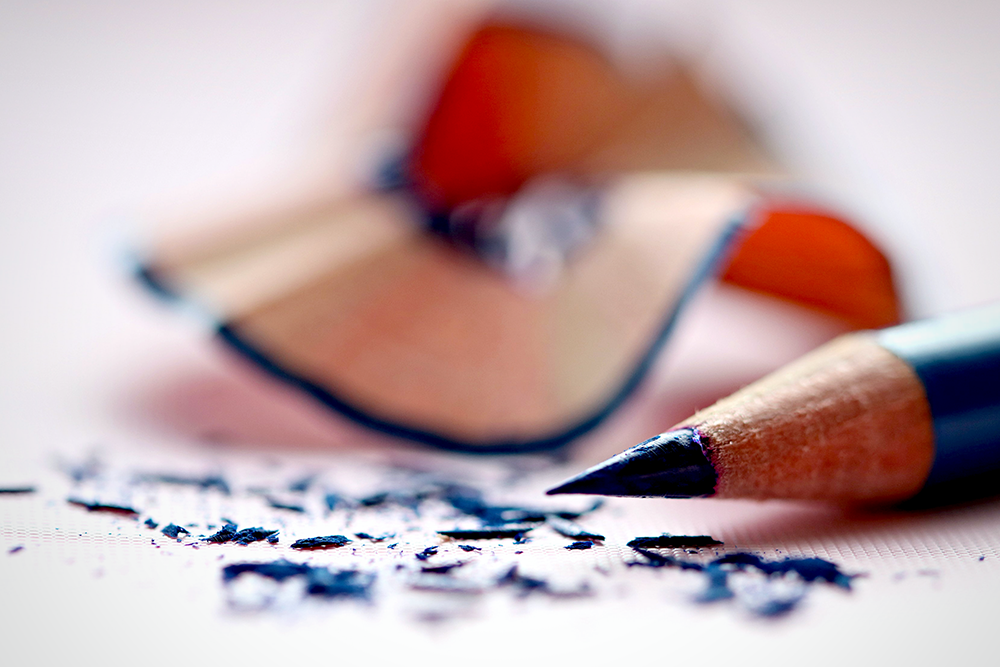

Embrace the Power of the Pencil
There you have it, folks – a whirlwind tour through the weird and wonderful world of pencils.
Pencils have proven themselves timeless, and their usefulness is evident in our daily lives.
From the history of pencils to their surprising uses and peculiar trivia, there's no shortage of amazing facts about these beloved writing instruments.
Pencils are incredibly versatile tools – they can be used for writing, drawing, diagramming, and even as tokens of love; there's more to these humble writing tools than meets the eye.
Whether you're a seasoned artist or just discovering your love of sketching, pencils are an essential part of the creative process; we hope this post has given you a newfound appreciation for these unsung heroes of the stationery world!
The next time you pick up your trusty No. 2, remember: you're wielding a piece of history, power, and potential!
Now, go forth and create something amazing with your favorite pencil!
And remember, always keep it sharp – both literally and metaphorically.
Happy creating!

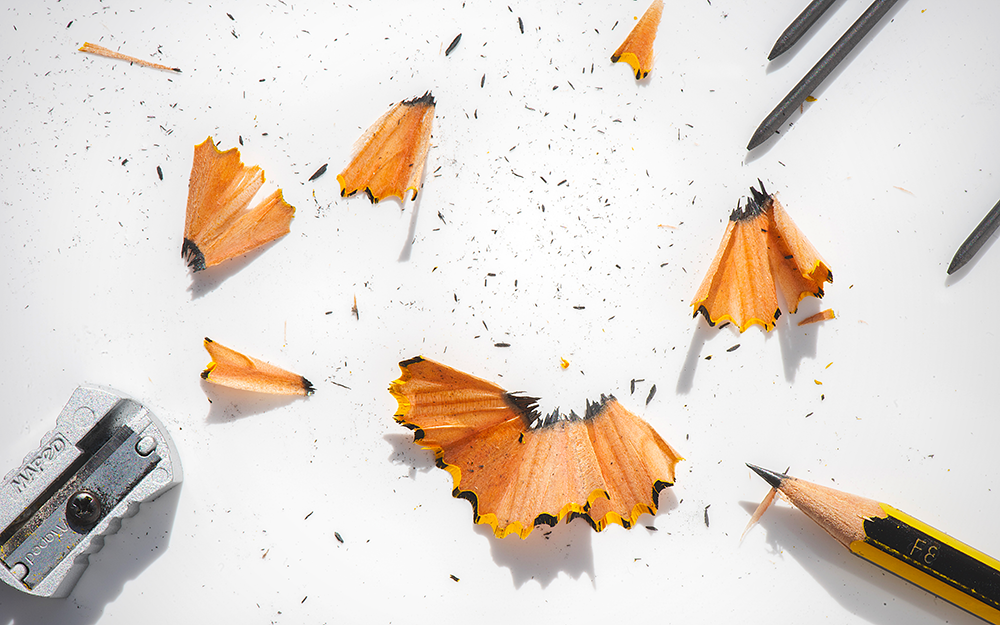

Eager to learn even more about pencils? Check out Every Fact Ever's video!
Want even more content about creativity and art?
Be sure to check out all of our creative chronicles!
Ready to bring home some fun new pencils?
Check out some of our other articles:


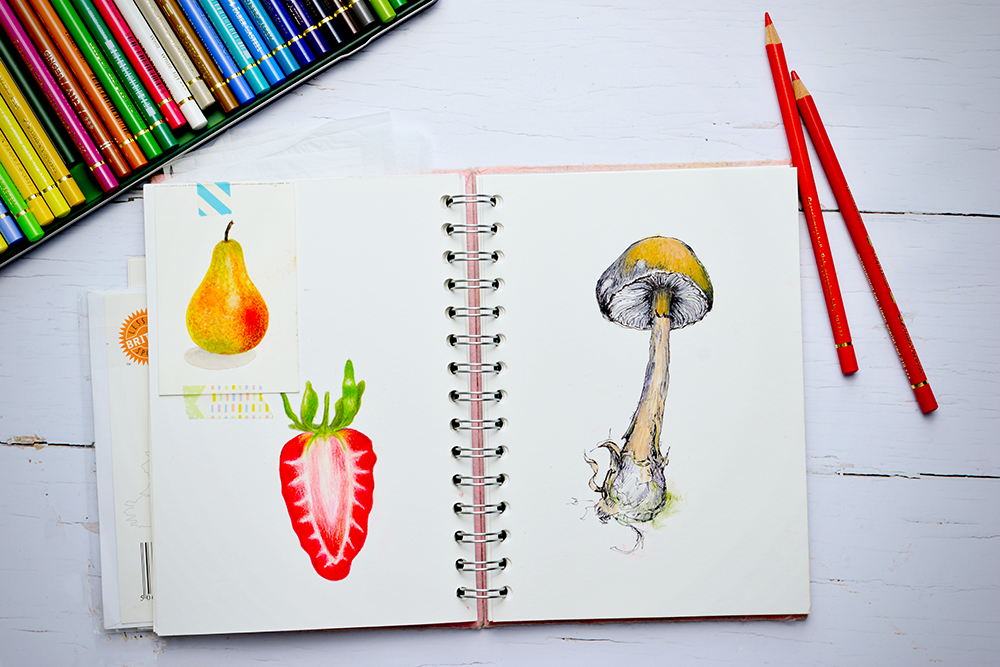
Want to learn more about drawing?
Check out some of our other articles:
-What colored pencils are made of

